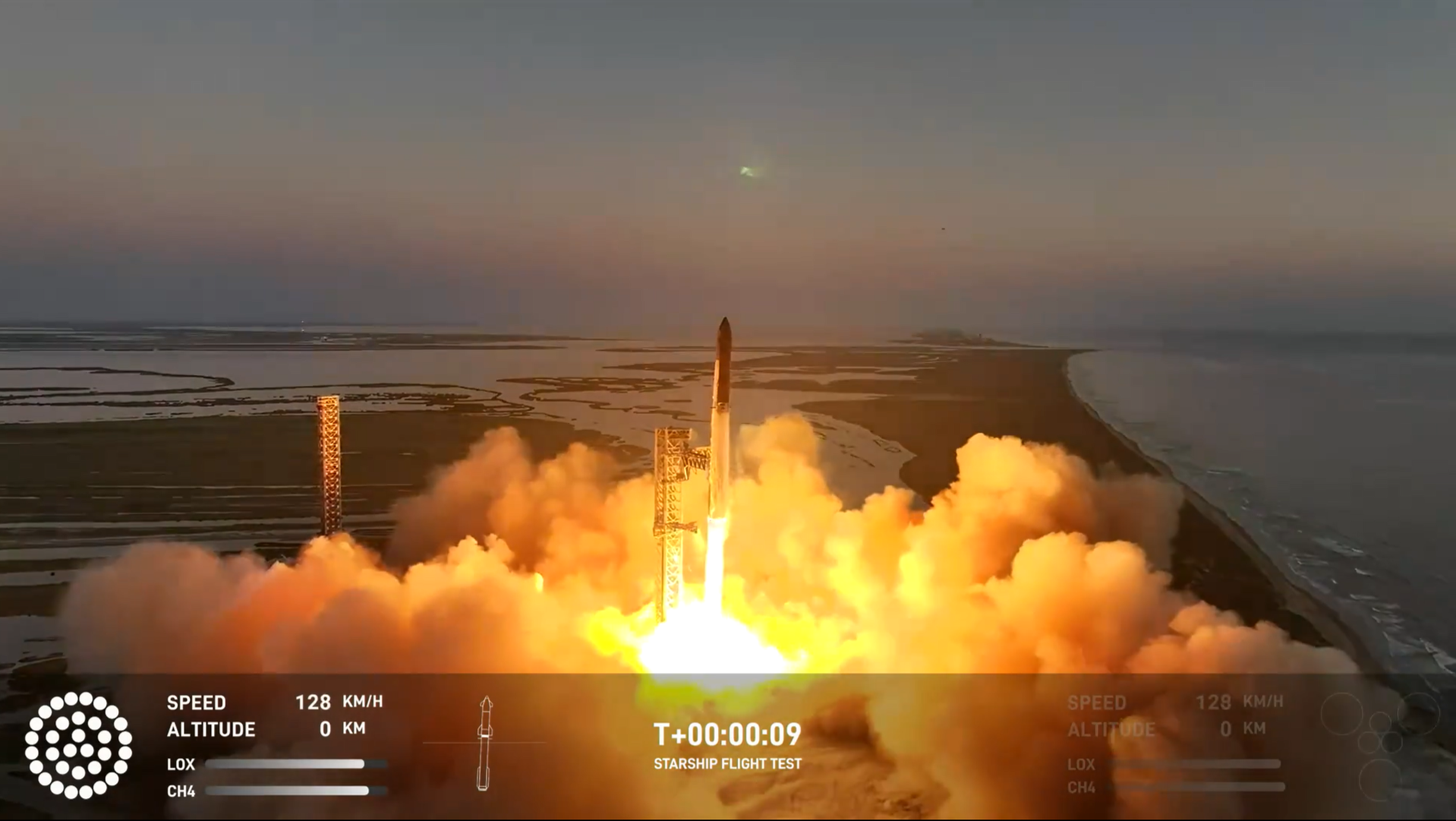SpaceX’s Starship flight test highlights the successful landing of its “Super Heavy” booster
Remember in 2015 when “The Martian” came out in cinemas? Back then, the possibility of humankind residing on Mars was just a mere science fiction plot.
But, with the successful test launch conducted by SpaceX on Oct. 13, it seems like we are one step closer to this possibility.
SpaceX, owned by billionaire CEO Elon Musk, successfully launched the Starship rocket and landed the “Super Heavy” booster on its launch site for its fifth flight test.
READ: What did this year’s Nobel Prize winners actually do?

“Following a successful liftoff, ascent, stage separation, boostback burn, and coast, the Super Heavy booster performed its landing burn and was caught by the chopstick arms of the launch and catch tower at Starbase. Thousands of distinct vehicle and pad criteria had to be met prior to the catch attempt, and thanks to the tireless work of SpaceX engineers, we succeeded with catch on our first attempt,” as stated on SpaceX’s official website.
In SpaceX, one of the Starship flight tests’ primary goals is to innovate technologies that will allow the rocket to be reusable for multiple trips across space.
The successful utilization of reusable space vehicle technology reduces the overall cost of creating multiple space rockets, eliminating the need to create a new booster for every launch.
For future launch testing, SpaceX also plans to refill the Starship’s propellant tanks in low-Earth orbit before departing for Mars. This can enable the rocket to fly at even greater distances.
According to NASA, refueling these propellant tanks can be done through a series of robotic technology sequences. Currently, The Remote Robotic Oxidizer Transfer Test (RROxiTT) is being conducted to enable “space robots” to transfer hazardous and corrosive satellite oxidizers in spacecraft propellant tanks remotely, ensuring adequate human safety during these hazardous and risky operations.
SpaceX also hopes that the rocket will be able to carry 100 passengers in interplanetary flights.
While Musk promises that the first Starships will start its initial departure in late 2026, this expands the possibilities for the future of humankind’s space travel and the search for a new planetary residence—whether here or on Mars.